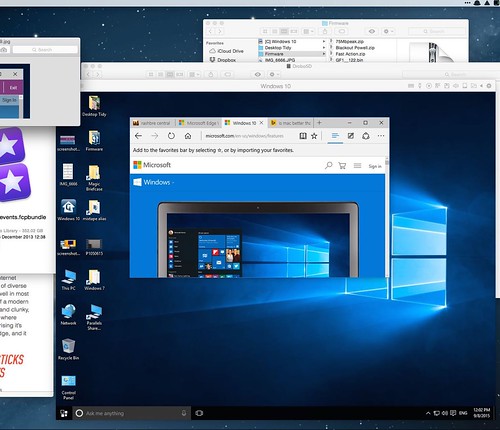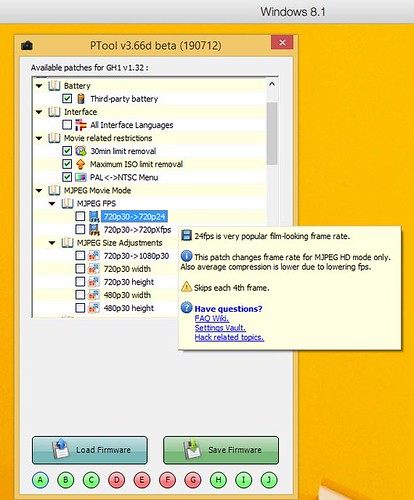
I decided I'd better check that the bike turbo was still functional decided to use Trainerroad with a Sufferfest video.
Fortunately it only took a few seconds to set up and get going and the bicycle, computer, turbo, Garmin and tacx controller all talk to one another wirelessly using ANT+.
I anticipated that this resumption of use would be bit tough and took the precaution to dial the turbo down before I started.
I reduced its setting by 1.8%. It may not sound a lot, but it's a huge reduction based on the way it works.
I'd selected a one hour session with an accompanying video (it was Hell Hath No Fury). The first ten minutes were fine. I was thinkingthat maybe I could change the setting to something like minus 0.8%.
But no.
After about 20 minutes I was aware that the sweat was dripping off the end of my nose and that my arms were slippery wet. I was still keeping up with the required pace though, using some cadence and gears to handle the peaks in the hybrid Swedish/Spanish/French course.

I finished the first block and then there's a gentle 10 minute cool-down through some French countryside before the second wave started. I decided I'd just get to the end, without worrying about any super heroics along the sealed off dual carriageways of somewhere big in Spain.
Today was more about keeping a cadence and not stressing too much.
I'm planning to progressively remove the minus 1.8 setting and then it'll start to get rather tougher.
My metrics from today show a fairly consistent pedal speed and unchallenged heart rate. It'll be interesting for me to look at this again in a month or so to see what has changed.

The videos come from Sufferfest based in the country of Sufferlandria (oh, yes) and they do have a twisted sense of humour. I haven't ridden one since last winter, but I can tell they'll keep me amused later in the year.


































